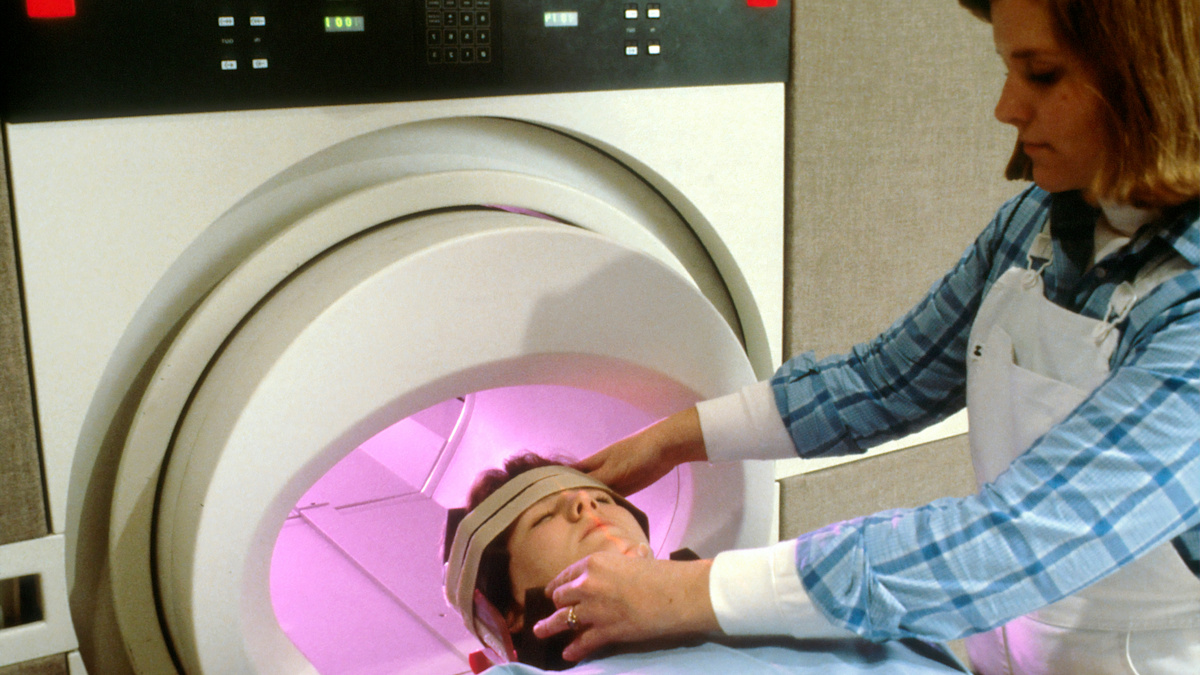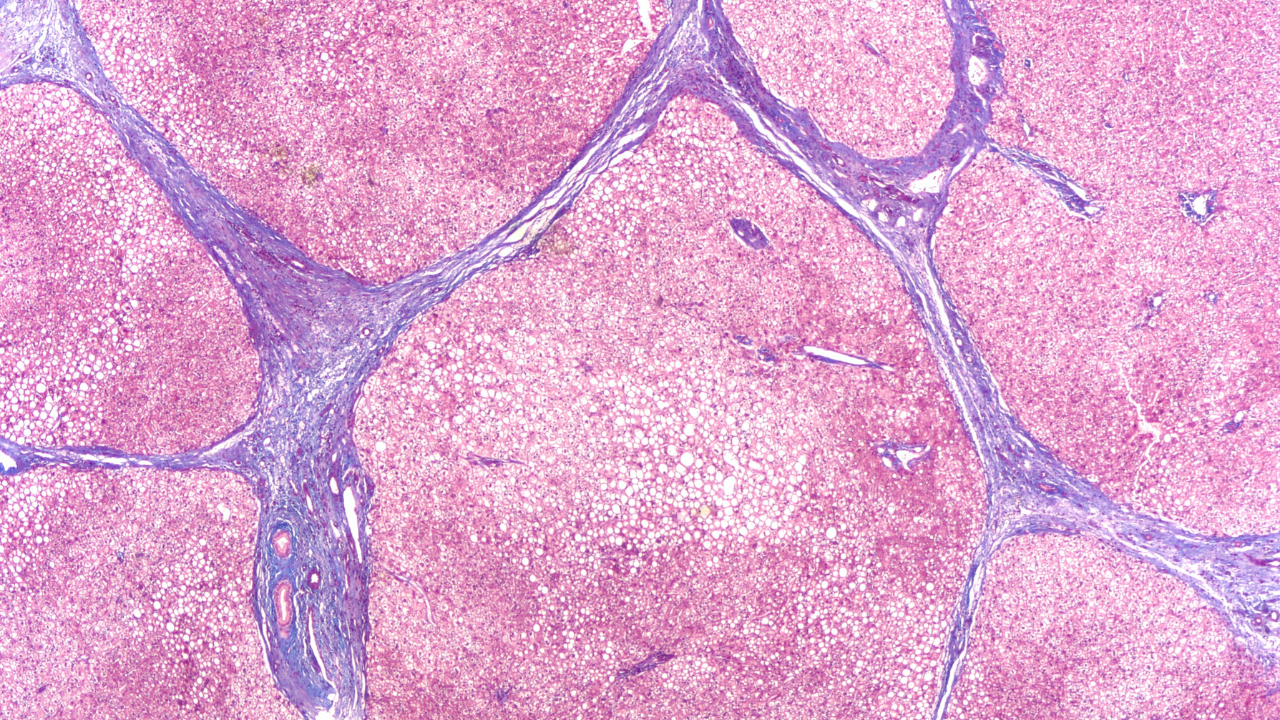
The FDA has started a review of a novel MRI contrast agent developed by Bayer that can reduce levels of gadolinium, a rare earth metal that can have damaging health and environmental consequences.
Gadoquatrane is being assessed by the US regulator for contrast-enhanced MRI scans of the central nervous system and other body regions in adults and paediatric patients, including newborns. It was filed for approval in the EU in July and is also under review in Japan.
If approved, gadoquatrane would become the lowest dose macrocyclic gadolinium-based contrast agent (GBCA) available in the US, according to Bayer, with a 60% reduction in the metal compared to currently used GBCAs.
While gadolinium is considered safe for MRIs, it can lead to side effects in people with kidney dysfunction, including a potentially fatal disease known as nephrogenic systemic fibrosis (NSF). There are also concerns that in some people – even those with healthy kidneys – it can linger in the body for a long time, causing toxic effects.
Meanwhile, some studies have found evidence of gadolinium contaminating sewage water, surface water, and drinking water in many regions of the world, leading to calls for efforts to reduce its use.
“Chronic diseases like cancer, neurological disorders like multiple sclerosis and cardiovascular conditions are on the rise, leading to an increase in medical imaging,” said Dr Konstanze Diefenbach, Bayer’s head of radiology R&D.
“Patients, especially those who require multiple examinations over the course of their lives, can benefit from a reduced contrast media dosage,” she added.
There are an estimated 12-18 million contrast-enhanced MRI scans carried out each year in the US, while the total number delivered globally in 2023 has been put at around 63 million.
According to some calculations, the value of the contrast agent market exceeds $2 billion annually, suggesting solid sales potential for gadoquatrane if it is approved – and its reduced gadolinium content proves attractive to healthcare systems.
In the phase 3 QUANTI studies reported earlier this year, gadoquatrane was shown to be as safe and effective as established GBCAs that have a 0.1 mmol/kg gadolinium dose but with a lower gadolinium exposure of 0.04 mmol/kg.
Last year, Bayer’s radiology business – which covers contrast agents, injection systems, and AI-based digital tools to aid diagnosis – generated €2.1 billion ($2.4 billion) out of total group sales of €46.61 billion, and is among the company’s fastest-growing business sectors.
Photo by National Cancer Institute on Unsplash










